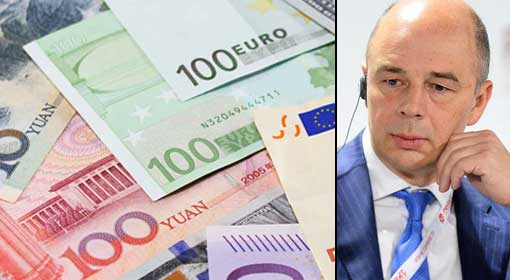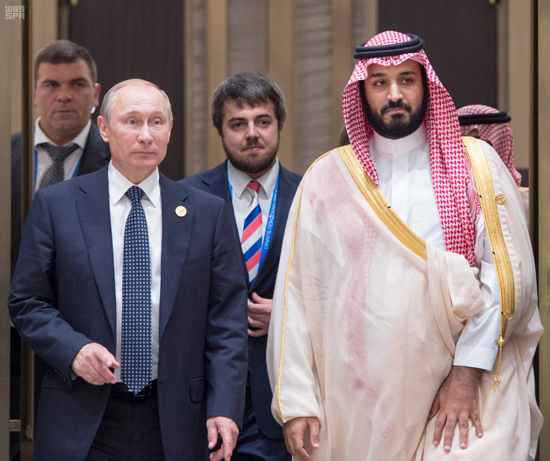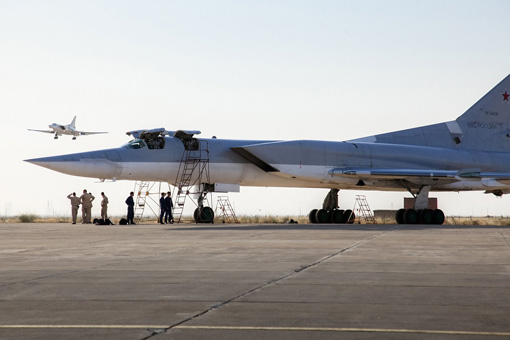Moscow: While the President of Russia announced annexing the Ukrainian regions, Western countries indicated new sanctions against Russia. Despite these Western warnings, the Russian Ruble has strengthened against the US and European currencies. In the past few days, while the USD has hit record highs, other major world currencies have fallen. Against this backdrop, the strengthening of the Russian currency is noteworthy.
 On Friday, 51.1 roubles were being charged for one USD in the Moscow Exchange in Russia transactions. This is the first time since July that the dollar has fallen below 54 Rubles. In the transactions for Euro, it was seen that the value of one Euro fell below 51 Rubles. The rate of 51 Rubles to one Euro is the Ruble’s best position since October 2014. Analysts claim that the fall in demand for the USD and the Euro in Russia led to heavy selling and the strengthening of the Ruble.
On Friday, 51.1 roubles were being charged for one USD in the Moscow Exchange in Russia transactions. This is the first time since July that the dollar has fallen below 54 Rubles. In the transactions for Euro, it was seen that the value of one Euro fell below 51 Rubles. The rate of 51 Rubles to one Euro is the Ruble’s best position since October 2014. Analysts claim that the fall in demand for the USD and the Euro in Russia led to heavy selling and the strengthening of the Ruble.
The Ruble had fallen sharply following the Russian invasion of Ukraine at the end of February. In March, as much as 150 Rubles had to be spent for one USD. After that, it was predicted by many western experts and media that the Russian currency would collapse. But the position of the Ruble became stronger after the measures taken by the Central Bank of Russia. The de-dollarization process initiated by Russian President Vladimir Putin is believed to be the main reason behind this.
In the face of sanctions imposed by the United States, Russia adopted a policy of reducing the use of USD over the last decade. After that, Russia started exploring new options to bypass the sanctions imposed by the West.  Along with increased purchases of gold and preference for local currencies, including the Ruble in trade with other countries, Russia also accelerated plans for alternative reserve currencies and payment systems.
Along with increased purchases of gold and preference for local currencies, including the Ruble in trade with other countries, Russia also accelerated plans for alternative reserve currencies and payment systems.
At the meeting of the BRICS countries held two months ago, the Russian President openly announced that the group was working on an international reserve currency and an alternative payment system. After that, the Russian system indicated that agreements were being made with countries like India, Iran, and Turkey regarding the use of currency and trade transactions. At the Eurasian Economic Union meeting held last month, it was also announced that the use of national currencies in mutual trade transactions is being proposed. As a result, the Russian Ruble appears to be in a stronger position while the currencies of other major countries worldwide depreciate against the USD.














